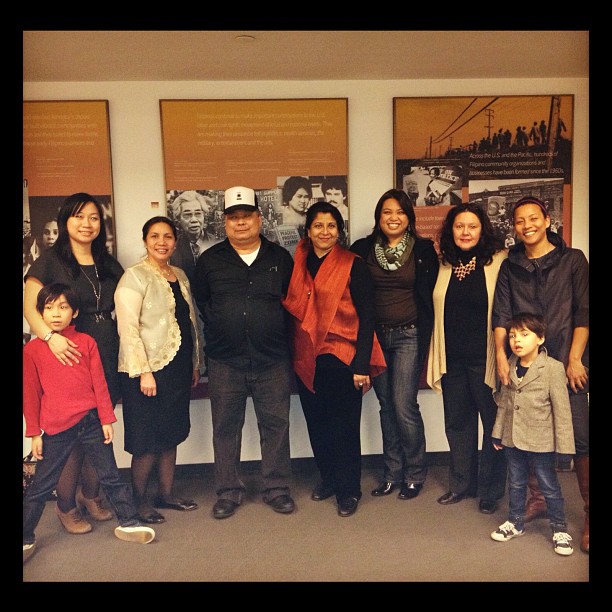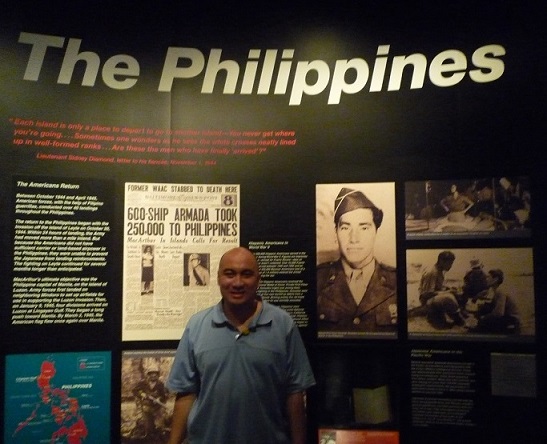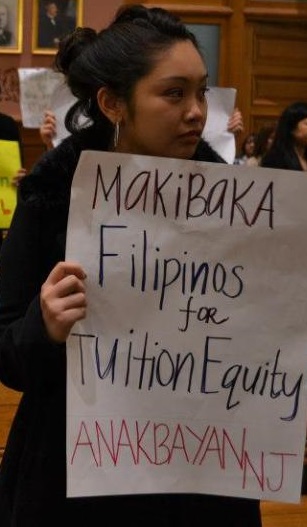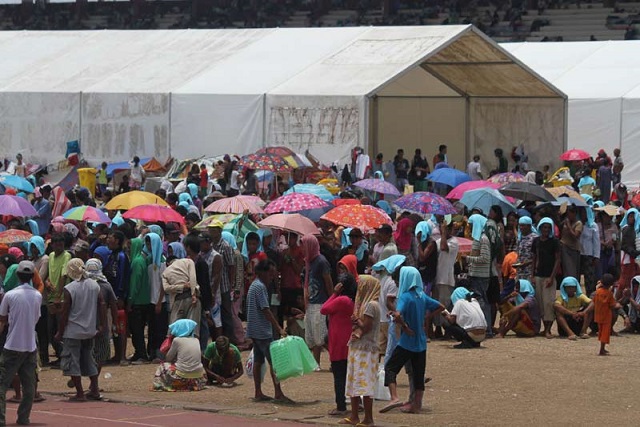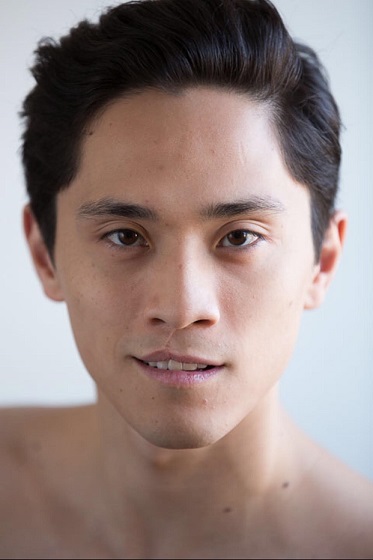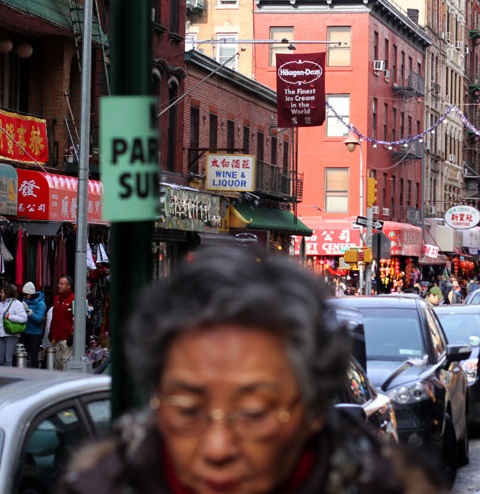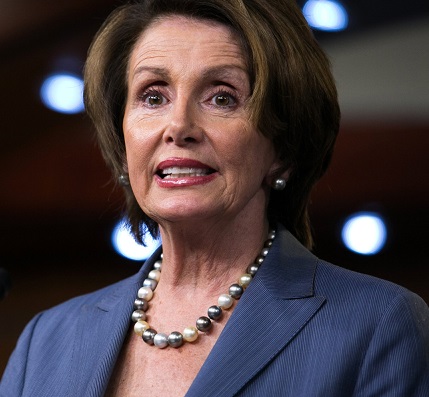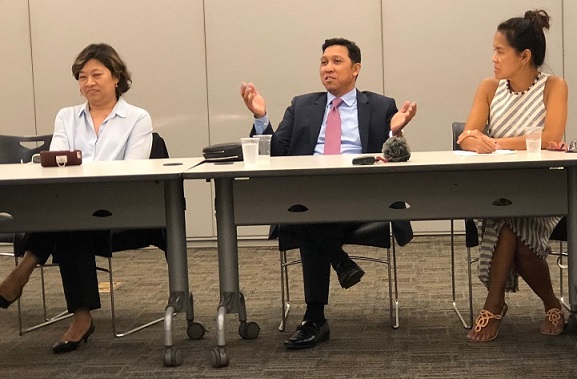Pope Francis, a champion for the poorest of the poor
By Ludy Astraquillo Ongkeko, Ph.D.
Clearly in accord with his initial comments on poverty-stricken areas he has seen even before he became the first pope from the Americas, Pope Francis was described very recently as having waded into the heart of Brazil’s slums, his very first ‘away’ trip from his post at the Vatican: “the longest and most touching, both emotionally and physically papal walkabout in history.” It was to signal to those who watched him in his now well-known simplicity, and humility, components of the central thrust of his papacy
Each time he talked about the destitute, Pope Francis’ commentaries almost always veer on social justice and about reaching out to the poor. Such themes have become familiar to the world since his election as pontiff in mid-March, early this year.
This writer no longer wonders what Pope Francis would be saying to our homeland’s audience were he to visit our ancestral home, where statistics by “Scaling Up Nutrition Movement” (SUN) reveal that “inadequate distribution of available food supplies” is one cause why “one in every three Filipino children, aged 6-10, is underweight or stunted for their age.”
In other words, those children are undernourished. And because they are impoverished, their situation is referred to as one of malnutrition in a deplorably unhealthy environment where hunger is not a stranger.
So many quotes were referred to Pope Francis on his Rio de Janeiro visit.
“No one can remain insensitive to the inequalities that persist in the world,” the pontiff was heard to say as he visited Brazil’s capital against the backdrop of a rain-soaked crowd in the Varginha favela, or slum which was “spruced up with new electrical cables and fresh asphalt.”
That same scene was described as one which saw ruins of shanty-type housing that elicited remarks from Pope Francis: “Those in possession of greater resources,” must “never tire of working for a more just world, marked by greater solidarity!”
It is not difficult at all to conjure what scenes would unfold were Pope Francis to include the Philippines on his travel agenda. He would be inclined to say the same were he to follow the trend he has set, owing to his wishes to see what has been described by those who have written first-hand reports: “Pope Francis’ deep regard for the poorest of the poor.”
Those around Pope Francis are aware that he chooses to be away from pomp, as illustrated by the kind of life he prefers. He selects modest-looking vehicles; living in simple quarters, not definitive of his title; preference for the simple attire, in sharp contrast to his predecessor.
One unforgettable sight reported by the media: Pope Francis, instead of sitting on the papal throne, opted to stand to receive the greetings of his fellow cardinals.
All these, according to those he knew him then, date back to what his preferences were, although as a prelate in Argentina, he lived just as ‘simply,’ as he is described today in Rome.
As a priest in his native city, Buenos Aires, the former Jorge Mario Bergoglio, reportedly, relied on his “Jesuit-shaped faith to minister to the impoverished slums of that Argentine capital.” According to those who knew of him, it was not a surprise to them when the newly-elected head of the Roman Catholic Church reiterated how that Church should be a “poor church for the poor.”
To myriads of Filipinos, a visit of Pope Francis would, in a number of ways, remind them of Pope John Paul who, in that foremost Philippine visit, was described as having ‘transformed’ the country in wishing to ‘blend’ with the masses.
Were Pope Francis to include the Philippines where population figures speak for their own, where mansions remain identifiable vis-a-vis poverty-stricken slums that are ubiquitous, what would his message be?
Nevertheless, one just needs to look at the prevailing scenes. The shackles of poverty are binding. The omnipresent is there: the demarcation line between the ‘haves’ and the ‘have-nots.’
Would Pope Francis see how the population statistics illustrate that great divide, between those two categories, define reality in a country identified as “Catholic” where the foregoing continues to grow exponentially among the have-nots?

